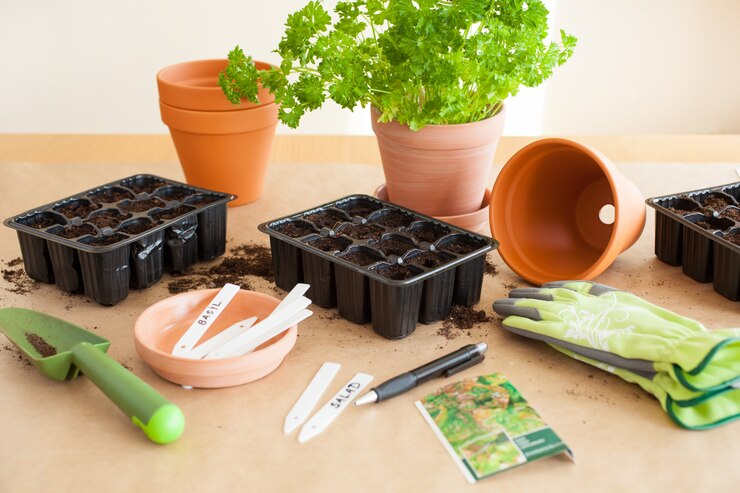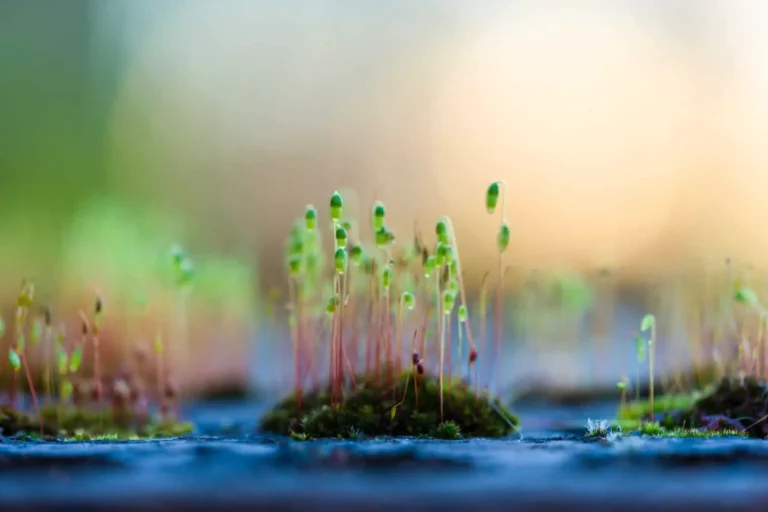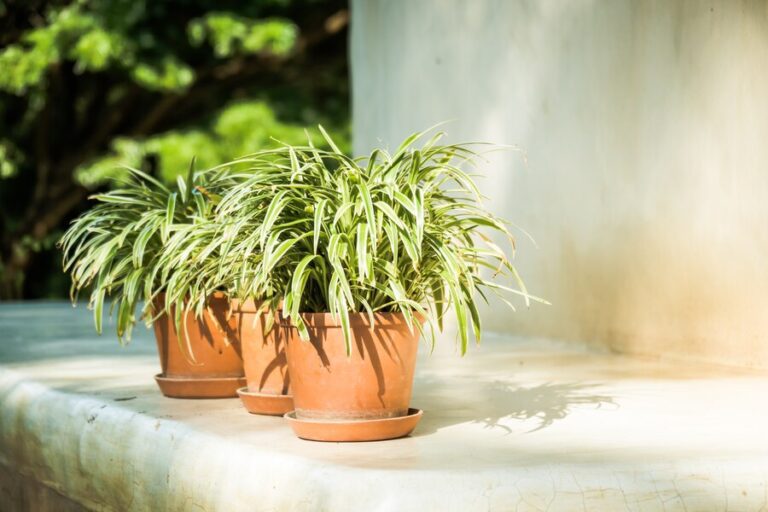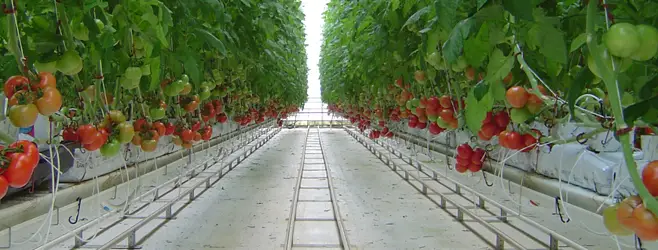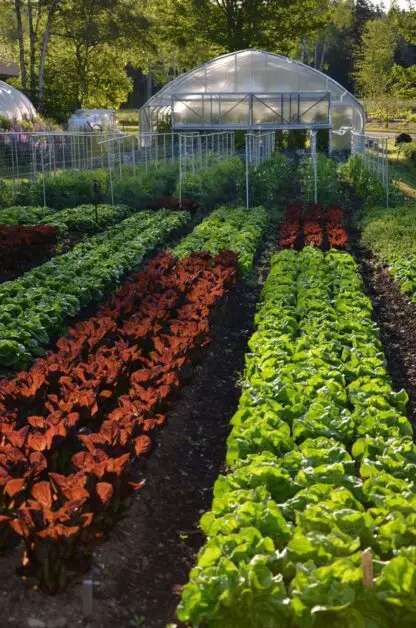The Top 8 Hydroponic Growing Supplies You Need to Start Your Garden
Table of Contents
Essential Hydroponic Tools and Equipment: The Must-Haves for Every Gardener
Hydroponics has gained immense popularity among gardening enthusiasts, thanks to its numerous benefits such as water and space efficiency. However, to embark on a successful hydroponic gardening journey, it is crucial to have the right tools and equipment. Here are some must-haves that every hydroponic gardener should consider:
1. pH and EC meters: Maintaining optimal pH and EC levels is vital for the health and productivity of your hydroponic garden. pH meters measure the acidity or alkalinity of the nutrient solution, while EC meters help you monitor the nutrient concentration. Investing in high-quality meters will enable you to accurately adjust the nutrient solution, ultimately promoting robust plant growth.
2. Grow lights: As hydroponics allows year-round cultivation, providing the right amount and quality of light is essential. While natural sunlight is ideal, grow lights can be a valuable addition in areas with limited sunlight or for indoor hydroponic setups. LED grow lights are highly recommended due to their energy efficiency, longer lifespan, and ability to provide specific light wavelengths needed for different growth stages.
Remember, having the right tools and equipment not only ensures successful hydroponic gardening but also contributes to the overall efficiency and productivity of your system. Stay tuned for the next section of this article, where we will discuss effective pest and disease management techniques to safeguard your hydroponic garden from harm.
• pH and EC meters: These tools are essential for maintaining optimal pH and nutrient concentration levels in your hydroponic garden.
• Grow lights: Providing the right amount and quality of light is crucial for year-round cultivation, especially in areas with limited sunlight or indoor setups. LED grow lights are recommended for their energy efficiency and ability to provide specific light wavelengths.
Having the right tools not only ensures successful hydroponic gardening but also improves system efficiency and productivity. Stay tuned for the next section on pest and disease management techniques to protect your hydroponic garden.

Hydroponic Pest and Disease Management: Safeguarding Your Garden from Harm
Pests and diseases can wreak havoc on your hydroponic garden if not properly managed. These unwanted invaders can quickly spread and harm your precious plants, leading to stunted growth, reduced yield, and even complete crop failure. As a hydroponics enthusiast, it is essential to develop a comprehensive pest and disease management plan to safeguard your garden from harm.

One of the first steps in effective pest and disease management is prevention. By implementing stringent sanitation practices, you can greatly reduce the risk of infestations and outbreaks. Regularly clean and disinfect your hydroponic system, tools, and equipment to eliminate any potential pathogens or pest eggs. Additionally, carefully inspect any new plants or growing media introduced to your garden to ensure they are free from pests or diseases. Remember, prevention is always better than cure, so investing time and effort in maintaining a clean and hygienic environment for your plants is crucial.
• Regularly clean and disinfect your hydroponic system, tools, and equipment
• Inspect new plants and growing media for pests or diseases before introducing them to your garden
• Maintain a clean and hygienic environment for your plants to prevent infestations and outbreaks

Monitoring and Maintaining Hydroponic Systems
To ensure the success of your hydroponic system, it is crucial to closely monitor and regularly maintain it. Monitoring your hydroponic system involves keeping a close eye on various factors such as pH levels, nutrient levels, and water temperature. By regularly testing these parameters and making adjustments as needed, you can ensure that your plants are receiving the optimal conditions for growth.
One of the key aspects of monitoring your hydroponic system is checking the pH level of the nutrient solution. pH is a measure of the acidity or alkalinity of a solution and plays a critical role in nutrient availability to the plants. Most hydroponic crops thrive in a slightly acidic environment, with a pH range of 5.5 to 6.5. Monitoring the pH level using a pH meter or test strips on a regular basis can help you quickly identify any fluctuations and take corrective measures to maintain a stable pH level. This can be achieved by adding pH adjusters such as pH up or pH down solutions to bring the pH back within the desired range.
In addition to pH, monitoring nutrient levels is equally important in hydroponic systems. Nutrients are essential for plant growth, and maintaining the correct nutrient balance is crucial for healthy development. Regularly testing the nutrient solution using a nutrient meter or test kit can help you ensure that the plants are receiving the necessary macronutrients and micronutrients in the correct proportions. Adjustments can be made by adding or diluting the nutrient solution to maintain the optimal nutrient levels for your specific crop.
Water temperature is another critical parameter that should be closely monitored in hydroponic systems. The ideal water temperature for most hydroponic plants is between 18°C to 22°C (64°F to 72°F). Temperatures higher or lower than this range can have detrimental effects on plant growth and overall system performance. Using a thermometer to regularly monitor the water temperature and making adjustments, such as utilizing a water chiller or heating system, can help you maintain the optimal temperature range for your hydroponic system.
Regular maintenance of your hydroponic system is essential to keep it running smoothly and maximize plant growth. This includes tasks such as cleaning and sanitizing components, checking and adjusting irrigation systems, and regularly inspecting for pests and diseases. By incorporating these monitoring and maintenance practices into your hydroponic routine, you can ensure the long-term success of your system and enjoy the bountiful rewards of a thriving hydroponic garden.
| Regular Monitoring and Maintenance in Hydroponics | Implications/Actions |
|---|---|
| Regularly monitor pH levels using pH meter or test strips | – Maintain a slightly acidic environment with a pH range of 5.5 to 6.5 |
| Use pH adjusters for necessary pH corrections | – Utilize pH up or down solutions to bring pH back within the desired range |
| Test nutrient levels regularly with nutrient meter or test kit | – Ensure plants receive essential macronutrients and micronutrients in correct proportions |
| Adjust nutrient solution for optimal levels | – Add or dilute nutrient solution as needed for balanced nutrient levels |
| Monitor water temperature (18°C to 22°C or 64°F to 72°F) | – Regularly check water temperature with a thermometer and make adjustments if necessary (e.g., using a water chiller or heating system) |
| Regularly clean and sanitize system components | – Maintain cleanliness by cleaning and sanitizing components like the reservoir, pipes, and pumps |
| Check and adjust irrigation systems as needed | – Ensure proper watering by checking and adjusting irrigation systems |
| Regularly inspect for pests and diseases | – Promptly address pest and disease issues through regular inspections |
This table provides a concise overview of the key actions involved in the regular monitoring and maintenance of hydroponic systems, covering aspects such as pH, nutrient levels, water temperature, system cleanliness, irrigation, and pest/disease inspections.
How often should I monitor my hydroponic system?
It is recommended to monitor your hydroponic system daily to ensure optimal growth conditions for your plants.
What are some essential hydroponic tools and equipment that every gardener should have?
Some must-have tools and equipment for hydroponic gardening include pH and EC meters, a thermometer, air pumps, grow lights, nutrient solutions, and growing media.
How can I maintain the pH level in my hydroponic system?
To maintain the pH level in your hydroponic system, regularly monitor it using a pH meter and adjust it by adding pH-up or pH-down solutions accordingly.
What can I do to prevent and manage pests and diseases in my hydroponic garden?
To safeguard your hydroponic garden from pests and diseases, ensure proper sanitation practices, regularly inspect plants for signs of pests or diseases, and consider using organic pest control methods such as beneficial insects or neem oil.
Is it necessary to change the nutrient solution in my hydroponic system regularly?
Yes, it is important to change the nutrient solution in your hydroponic system every 1-2 weeks to prevent nutrient imbalances and maintain optimal plant growth.
Can I reuse the growing media in my hydroponic system?
It is possible to reuse certain types of growing media, such as clay pebbles, after sterilizing them. However, other media like coconut coir or rockwool may need to be replaced after each crop to prevent the accumulation of pathogens.
How can I ensure proper aeration in my hydroponic system?
Proper aeration can be achieved by using air pumps and air stones to supply oxygen to the plant roots. This helps prevent root rot and promotes healthy plant growth.
Should I use a water chiller in my hydroponic system?
If the water temperature in your hydroponic system consistently exceeds the optimal range for your plants, using a water chiller can help maintain the desired temperature and prevent stress on the plants.
How do I know if my hydroponic system is functioning correctly?
Regular monitoring of different parameters such as pH, EC, water temperature, and plant growth can help you assess the overall functioning of your hydroponic system. Any significant deviations or issues should be addressed promptly.
Can I grow any type of plant using hydroponics?
Hydroponics allows for growing a wide variety of plants, including vegetables, herbs, and even some flowers. However, it is important to research the specific requirements of each plant and adapt your hydroponic system accordingly.

